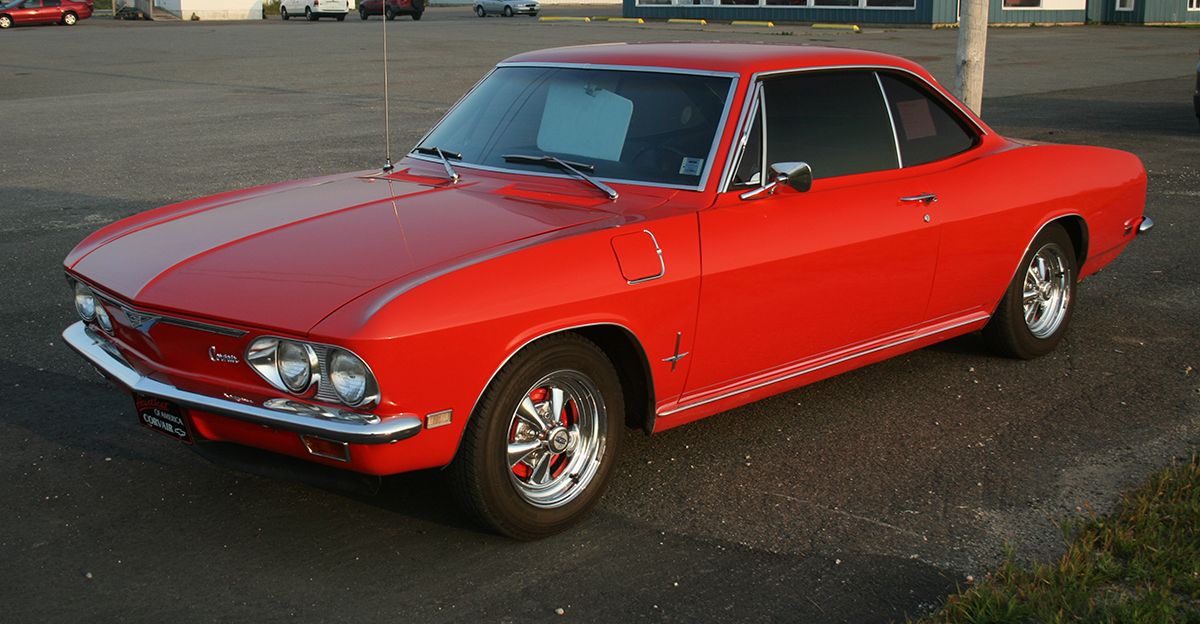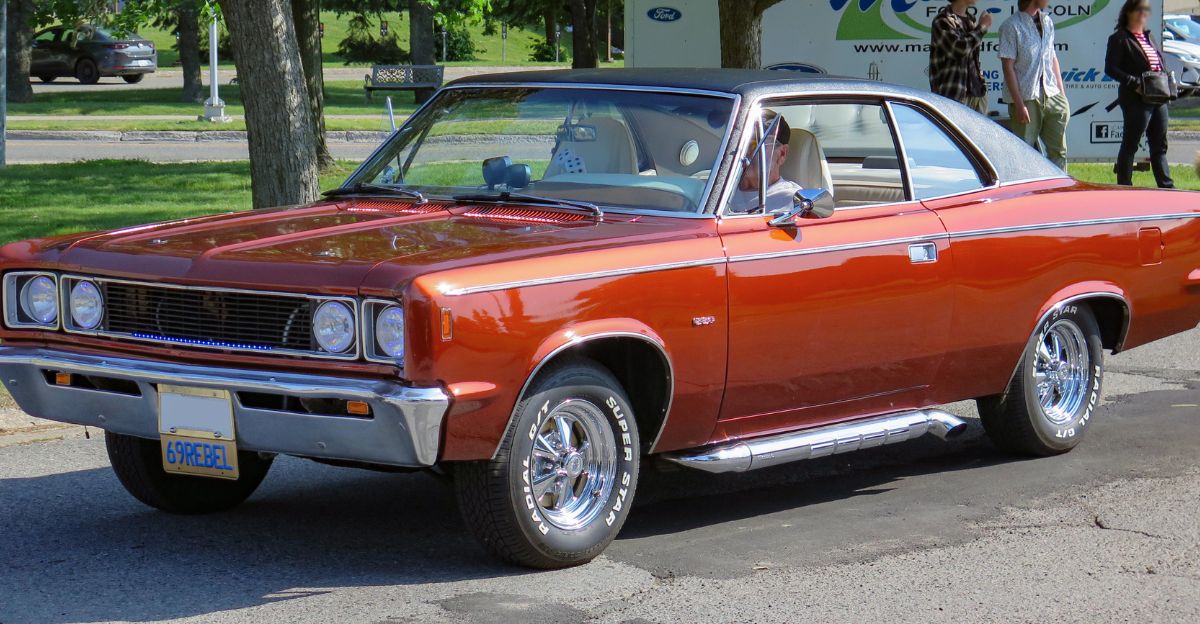
The auction hall’s energy was palpable as a Chevrolet Corvair—once a beacon of American automotive ingenuity—rolled onto the stage. Yet, when the bidding ended, the car fetched only a modest sum, leaving collectors puzzled. This scene captures a broader trend in 2025: the classic car market is facing a dramatic downturn, with iconic models losing their luster and struggling to attract buyers.
Changing Fortunes for Automotive Icons

The Chevrolet Corvair, celebrated for its distinctive air-cooled, rear-mounted engine, was once a symbol of innovation. Today, its market value has dropped to an average of $15,780, a steep decline from its peak years. Safety concerns and fierce competition from other vintage models have eroded its appeal, even among restoration enthusiasts. The Corvair’s fading popularity illustrates how quickly collector tastes can shift, leaving once-rare designs behind.
Similarly, the Buick Wildcat—a former favorite of the muscle car era—has seen its fortunes wane. Known for its blend of luxury and power, the Wildcat now faces challenges due to its large size and high restoration costs. Most Wildcats sell for between $14,500 and $32,900, but owners struggle to command top prices. Collectors increasingly favor limited-edition vehicles with unique histories, pushing the Wildcat out of the spotlight.
The Pontiac Tempest, renowned for its innovative engineering in the early 1960s, has also lost ground. With prices ranging from $26,000 to $31,000, the Tempest’s quirky design no longer guarantees collector interest. Buyers now seek classics with stronger nostalgia and status, leaving the Tempest overshadowed by more mainstream models.
Forgotten and Niche Classics

The AMC Rebel SST once embodied a rebellious spirit, appealing to those who wanted something different. By 2025, however, the Rebel SST has become a footnote in the collector world. Its lack of aftermarket support and modest auction results have made it difficult for sellers to secure competitive prices. Even restored models linger on the market, and the car’s fading glory reflects the volatility of today’s collector scene.
The Mercury Montego MX, designed as a family-friendly vehicle, has failed to make a significant impact among collectors. Restoration is costly and time-consuming, with parts hard to find and demand limited. The Montego MX remains a niche interest, appealing to a small group of dedicated enthusiasts but unable to command premium pricing. Its status as a practical family car, rather than a performance icon, keeps it on the margins of the market.
Reliable Yet Overlooked
The Volvo 122, once prized for its rugged reliability and Scandinavian charm, has seen its market value decline sharply. Previously valued in the low $40,000s, these cars now struggle to reach $30,000. Collectors are turning to larger, flashier classics, leaving the utilitarian Volvo behind. While a loyal group of enthusiasts still appreciates its dependability, the broader market favors vehicles with more prestige or performance.
Muscle Cars Face Market Realities

The Chevrolet Impala SS, an enduring symbol of American muscle, remains popular but faces new challenges. Its widespread availability has led to moderate prices and longer selling timelines. Collectors now prioritize rarity and exclusivity, which the Impala SS cannot offer in today’s saturated market. This shift serves as a reminder that even legendary models can be overshadowed when supply outpaces demand.
The Dodge Dart GT, once celebrated for its sporty design, now occupies a mid-range position in the market. Although restored examples still sell, they do not fetch premium prices. Enthusiasts are gravitating toward more iconic Mopar models like the Charger and Barracuda, leaving the Dart GT with diminished appeal.
Road Trip Nostalgia and Market Shifts
The Plymouth Fury 3 evokes memories of classic American road trips, but its market position has weakened. Once a standout in the full-size category, the Fury 3 now faces stiff competition from newer, more desirable models. Prices for the fourth-generation line remain steady at around $32,654, but they fall short of the premiums seen in previous decades. The Fury 3’s journey mirrors the broader changes in collector preferences.
Looking Ahead: The Stakes for Collectors

The classic car market’s recent turbulence highlights how quickly trends can change. Once-coveted vehicles like the Corvair, Wildcat, and Tempest are struggling to maintain their value as buyers seek exclusivity, nostalgia, and status. For collectors, these shifts signal a need to reassess investments and expectations. As tastes evolve and new generations enter the market, the future of classic car collecting will depend on adaptability and a keen understanding of what drives demand.